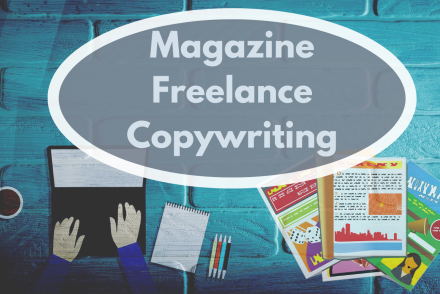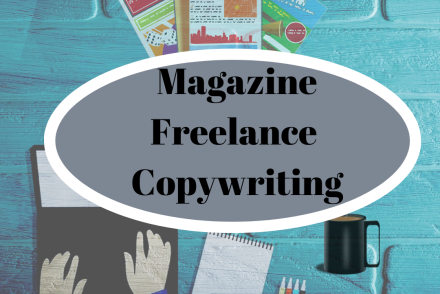
The Power of Networking: Building Meaningful Connections in the Writing Community
Writing can feel like a solitary career at times. After all, it’s just you, the keyboard, and your ideas…
July 16, 2024
Writing can feel like a solitary career at times. After all, it’s just you, the keyboard, and your ideas…
July 16, 2024
As a writer, your prized possession is almost certainly your collection of books. Whether you read reams of epic…
June 15, 2024
Book tours can be a fun and exciting part of the publishing experience. It’s not only a chance to…
May 14, 2024
There’s little doubt that excessive consumption is harming communities and the environment. For one, the manufacturing processes produce vast…
March 14, 2024
As a writer, it’s always important to recognize your value. This isn’t just about appreciating your level of talent.…
February 14, 2024
As a writer, you probably didn’t give much thought to branding and marketing when you wrote your first book…
December 14, 2023
Freelancing as a writer can be deeply rewarding. You’re getting paid to show off your wordsmithing skills and can…
October 14, 2023Artificial intelligence (AI) has changed the writing world forever. In the past year, AI has transformed from a niche…
August 14, 2023
The advent of eReaders and the rise of social media means that, as an eBook writer, you can reach…
July 15, 2023
If you’re feeling uninspired and like nothing you write seems good anymore, you likely got a case of writer’s…
May 14, 2023
The gig economy has been steadily growing in the U.S. for the past five years. Over 73 million Americans…
March 14, 2023
Copywriting has changed a lot in the past decade. Instead of writing for print media, most copywriters now work…
February 14, 2023
No matter how long you’ve been writing, you know that your “finished” copy is really nowhere near complete. Once…
January 14, 2023
When you’re a freelance copywriter or author, you’re not just your own boss — you are your own brand,…
November 14, 2022
While the life of a writer may seem easy to the outsider, in reality, it is not for the…
October 14, 2022
The new year. A great time to try something you haven’t done before. How about writing articles? Many people…
January 14, 2021
Many writers assume that the value of their article is the payment they receive for writing it. The opposite…
September 14, 2020
The first thing a beginning writers often hear is “write what you know.” Good advice! But once you have…
August 14, 2020
As the editor of Reach Out, Columbia magazine, I’ve had the pleasure of coaching new (and seasoned) writers for…
July 14, 2020
When I interviewed Dr. Gary Chapman, author of The 5 Love Languages and a bazillion other books, I prayed…
July 14, 2019
Last month we looked at an overview of writing nonfiction for kids. This month we focus in on writing…
September 21, 2018
When I began writing I had small children at home. I wrote in my head all day long and…
September 14, 2018
If you want to impress an editor as freelance writer, I’ll let you in on a little writer secret.…
August 14, 2018
Last week I was at a Christian writers conference. It’s one of the key places where you can build…
July 13, 2018
Does your writing have a lot of variety? Or do you feel like you are writing the same type…
May 13, 2018